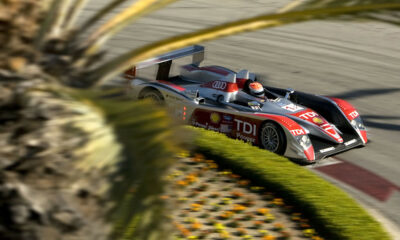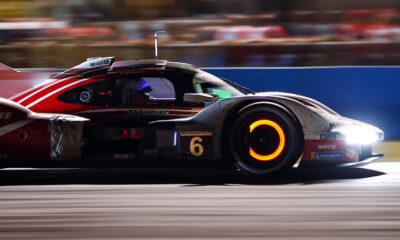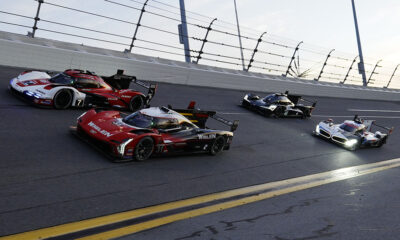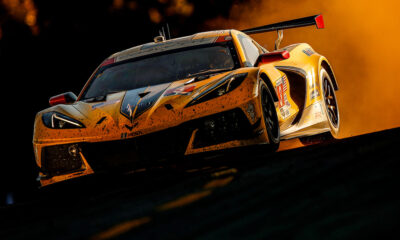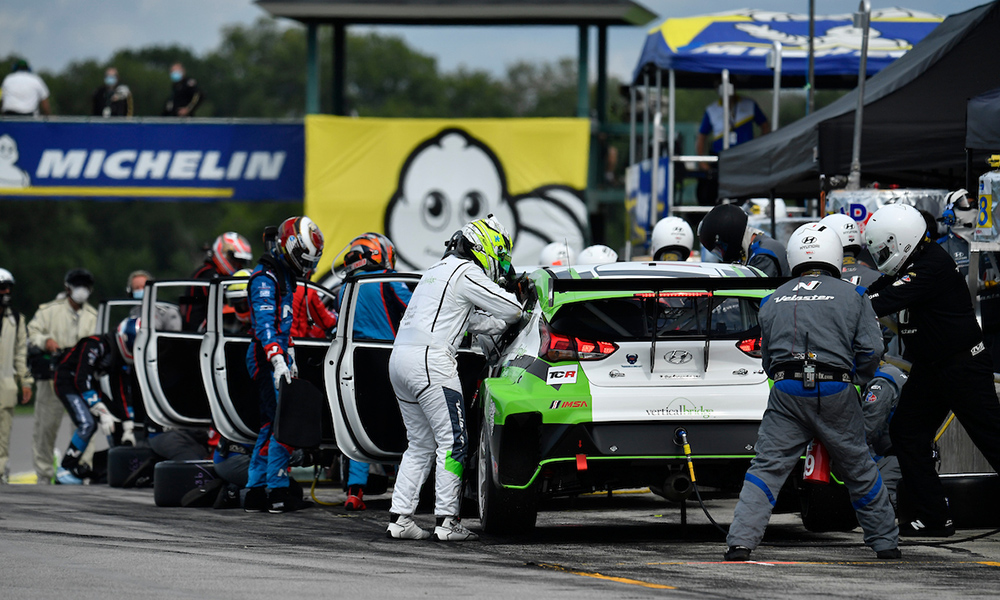
Photo: Michelin
The IMSA Michelin Pilot Challenge ventures somewhat into the unknown this weekend at the Mid-Ohio Sports Car Course, in a year where the unexpected has been commonplace.
A doubleheader weekend will greet teams at the venerable 2.258-mile road course located in central Ohio. Preparing for that requires a different mindset compared to a normal weekend, as the Pilot Challenge usually races only once.
Logistical, Series Preparations
Michelin, IMSA and the Pilot Challenge teams head to Mid-Ohio with several different weekend aspects to accommodate the doubleheader.
In a standard Pilot Challenge race weekend since IMSA’s restart in July, teams have four on-track sessions, and weekend tire allocations of five sets (GS) and four sets (TCR).
At Mid-Ohio, all numbers increase. There will be six on-track sessions, with two practice sessions on Friday, two qualifying sessions sandwiching race one on Saturday, and the second race on Sunday. That amounts to seven hours, five minutes of run-time compared to the usual four hours, 45 minutes.
While at Michelin Raceway for the four-hour endurance race, allocations increased to seven (GS) and six (TCR) sets respectively. Here, the numbers go up here to eight (GS) and seven (TCR) sets for four hours of racing spread over two days.
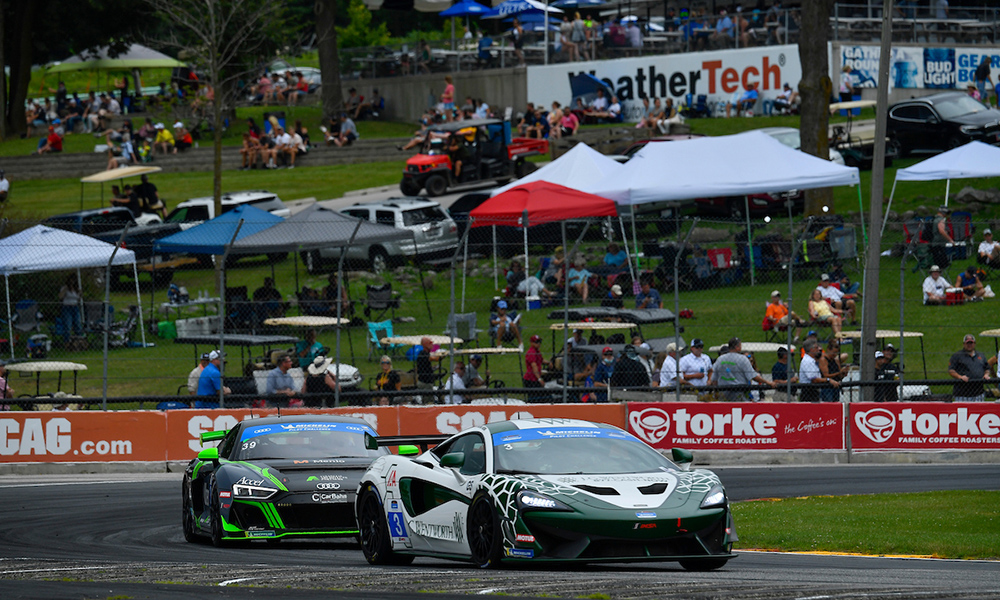
Photo: Michelin
Mental, Physical Prep by Veterans
For several Pilot Challenge drivers, racing twice in a weekend is not unusual. A driver’s racecraft, strength and skill set often improves with more seat time.
As an example, Corey Lewis frequently drives in multiple series. He enters Mid-Ohio after a rare triple duty Michelin Raceway weekend, split among the Motorsports In Action McLaren (Pilot Challenge), Paul Miller Racing Lamborghini (WeatherTech) and Change Racing Lamborghini (Super Trofeo).
At Mid-Ohio, he has a theoretically easier weekend racing just the No. 3 MIA McLaren 570S GT4, which he shares with Sheena Monk. Lewis explained how he is adjusting for Mid-Ohio.
“It’s almost like an endurance race,” Corey Lewis said. “After qualifying for race one and doing the two-hour race, we have to qualify again a few hours later for race two.
“So mentally and physically, we have to approach it with enough focus and training to make it through race one. And, we can’t take undue risk knowing we’re racing again the next day.”
Another Lewis, Michael Lewis, often raced doubleheaders in another series as he was coming up through the ranks. In fact, his first major sports car weekend wins were a doubleheader sweep driving a Porsche on the streets of St. Petersburg in 2016.
But the Californian has been singularly focused on his Bryan Herta Autosport commitments in his No. 98 Hyundai Veloster N TCR since joining that program. He now shares that car with Mason Filippi.
“The single race format one can make for longer weekends,” Michael Lewis said. “In general, you don’t get as many laps, and the schedule is more open and spread out.
“Sometimes the one-race schedules put more pressure on you because you don’t have a second race to get it right.
“Here though, it’s good for our team and will keep us busy with our heads down, no waiting around.”
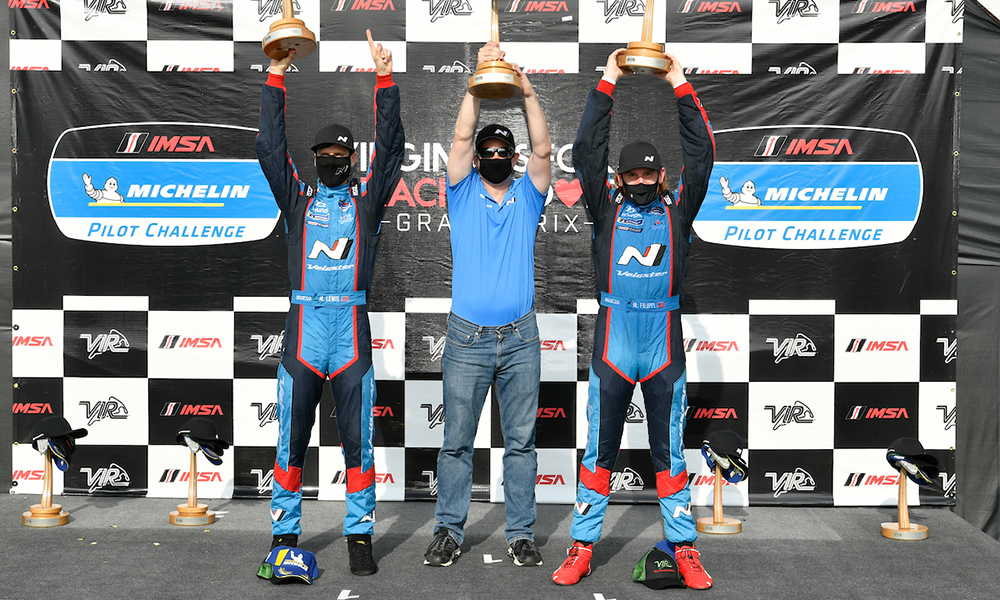
Photo: Michelin
Chasing Mid-Ohio Grip
Last year’s Mid-Ohio 120 set the stage for a season worth of changeable conditions in Michelin Pilot Challenge series action. The eventual winners in both GS and TCR both finished on Michelin Pilot Sport GT slick tires on a damp but drying track.
Even in dry conditions, Mid-Ohio’s aging, polished track surface consistently evolves over a day and a weekend. With races scheduled for 1:05 p.m. Saturday and 10:35 a.m. Sunday, the track and race characteristics should change.
“Temperature plays a massive role in terms of tire deg and overall feel around the track,” Michael Lewis explained.
“With Trofeo, we’re often used to running first in the morning, then late in the afternoon where it’s blistering hot, so car setup becomes crucial to find a balance.”
Michael Lewis added he hopes to draw on his experience and form of 2019, when he and Mark Wilkins delivered the Herta Hyundai program’s first Pilot Challenge victory at Mid-Ohio.
“With two races you expect to have different grip levels, and by Sunday you should have the rubber down from the first one and WeatherTech,” he said. “And that only holds if it doesn’t rain, like last year!”
Lewis’ last thought seems appropriate to summarize the 2020 year.
“You have to be willing to adapt, and make sure everything is still going to work even without the optimal setups,” he said.
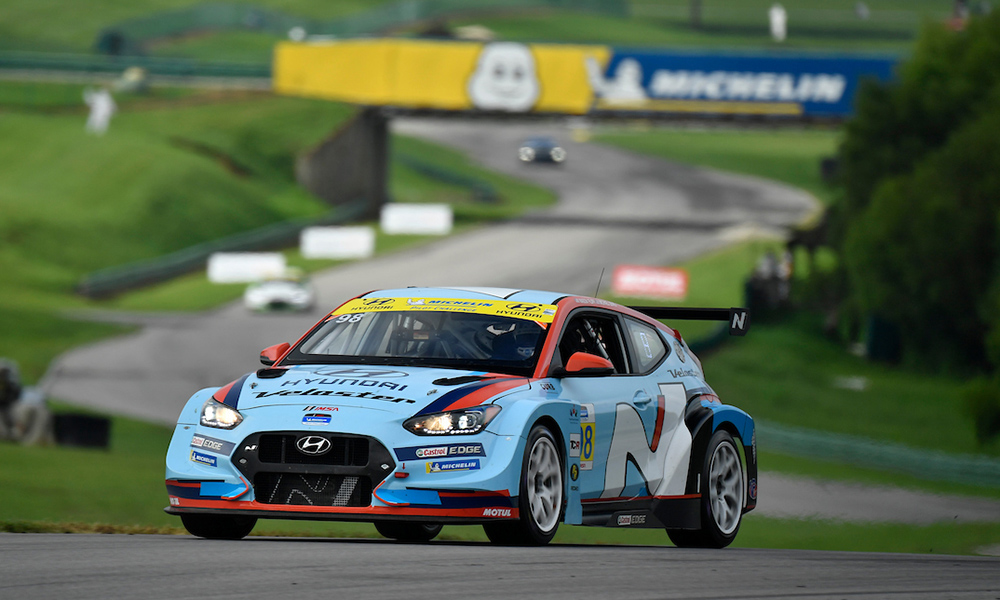
Photo: Michelin


















